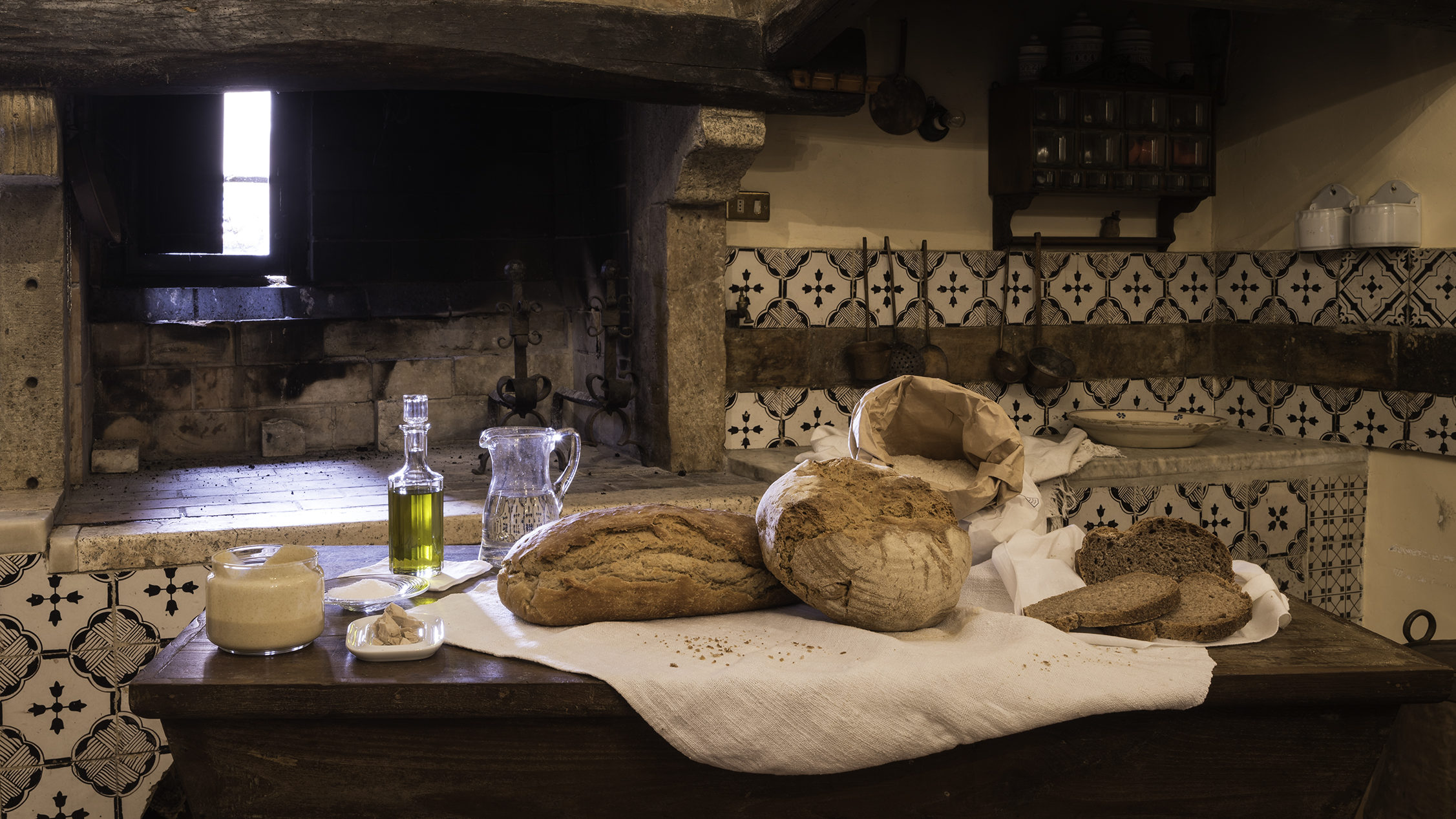Pane di grano monococco 100% (vedi anche: pizza di grano monococco 100%)
La ricerca scientifica ha da tempo evidenziato, oltre la grande digeribilità e la ricchezza dei contenuti di minerali, anche l’elevata tollerabilità di alcune varietà del grano monococco https://glutenlight.eu/2019/03/11/tollerabilita-del-grano-monococco/. Per questo motivo dedichiamo a questo grano una particolare attenzione.
La farina di grano monococco presenta alcune difficoltà per la realizzazione di pane e/o prodotti da forno secchi.
In sintesi alcune possibili difficoltà sono:
- La minore quantità di glutine
- La minore forza del glutine
- Danneggiamento amido accentuato (1)
- Amilasi troppo debole (falling number superiore a 350). (2)
Inoltre la realizzazione di prodotti per persone sensibili al glutine/grano ma non celiache richiede lunghi tempi di maturazione dell’impasto affinché i processi enzimatici operino anche le trasformazioni (idrolisi) degli amidi e del glutine (https://glutenlight.eu/2019/03/12/maturazione-e-fermentazione-di-un-impasto-acqua-farina-e-lieviti-e-o-batteri-lattici/). Tempi lunghi (oltre 24 ore) non sono compatibili con la stabilità di questo tipo d’impasti a temperatura ambiente o superiore; dovrà essere utilizzata una cella a temperatura bassa (4-6 gradi) per rallentare la lievitazione e favorire la maturazione dell’impasto (oppure, per preparazioni casalinghe, il frigorifero). Finita la maturazione si procederà, poi, rapidamente alla lievitazione. Dovrà essere utilizzata, sempre perché il prodotto è pensato per persone sensibili al glutine/grano ma non celiache, la pasta madre dello stesso grano che utilizziamo o del grano monococco più digeribile e tollerabile. Questa pasta madre non darà grande apporto per la lievitazione. La scarsità di glutine, inoltre, non genera un reticolo glutinico abbondante né peraltro forte: rischiamo di avere un pane basso e compatto. Si dovrà immettere aria nell’impasto durante la preparazione. Si dovrà utilizzare una percentuale limitatissima di Lievito di Birra compresso fresco che ha funzione di starter e collaborazione con i lattobacilli. La farina da usare dovrebbe essere sempre da coltivazione biologica: l’uso di composti azotati aumenta sia la percentuale di glutine che la forza ed altera il rapporto glutenina gliadina. https://glutenlight.eu/2019/03/14/i-fertilizzanti-e-il-grano/. Queste note fanno parte di una nuova metodica industriale (1) per la realizzazione d’impasti per pane e prodotti secchi adatta con farine povere di glutine (percentuale di glutine s.s. e “forza del glutine” limitate). Sono le farine che, nella prassi corrente, non vengono utilizzate per la produzione di pane. Un primo passo lo facciamo utilizzando una versione semplificata (impasto diretto) di quella metodica che prevede la realizzazione del preimpasto seguito dall’impasto finale. Inoltre la metodica è stata adattata per una preparazione casalinga, quindi senza l’uso –ad esempio- di una cella a temperatura e umidità controllate. Tempi e temperature sono stati definiti per la farina di grano monococco tipo ID331 semintegrale, macinata a pietra. Questa precisazione è necessaria, perché soprattutto tempi e temperature variano secondo la farina (tipo e raccolto) e il suo grado di raffinazione (quantità di crusca presente). Ulteriore precisazione: la metodica è per persone esperte.
Metodo – ricetta
